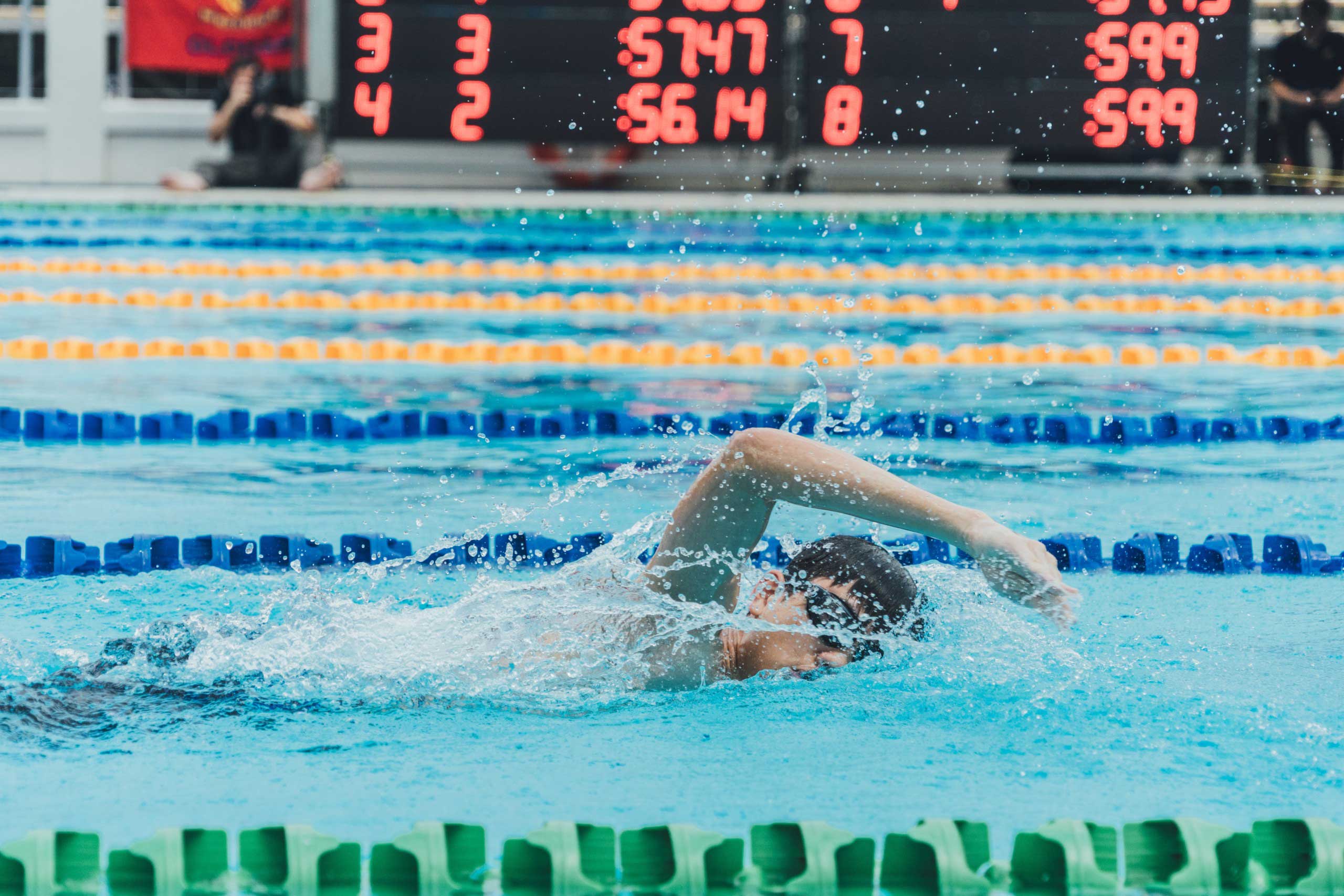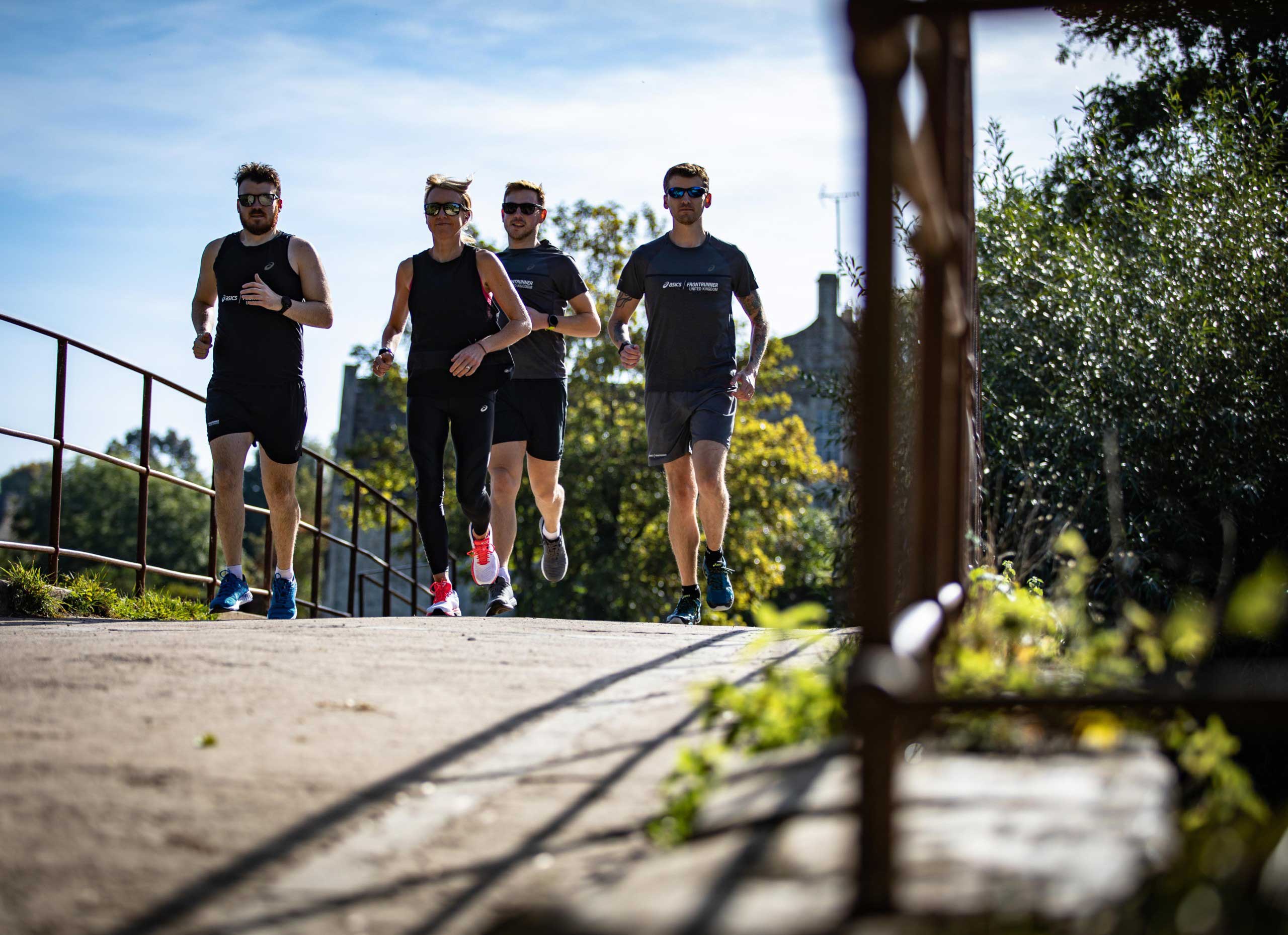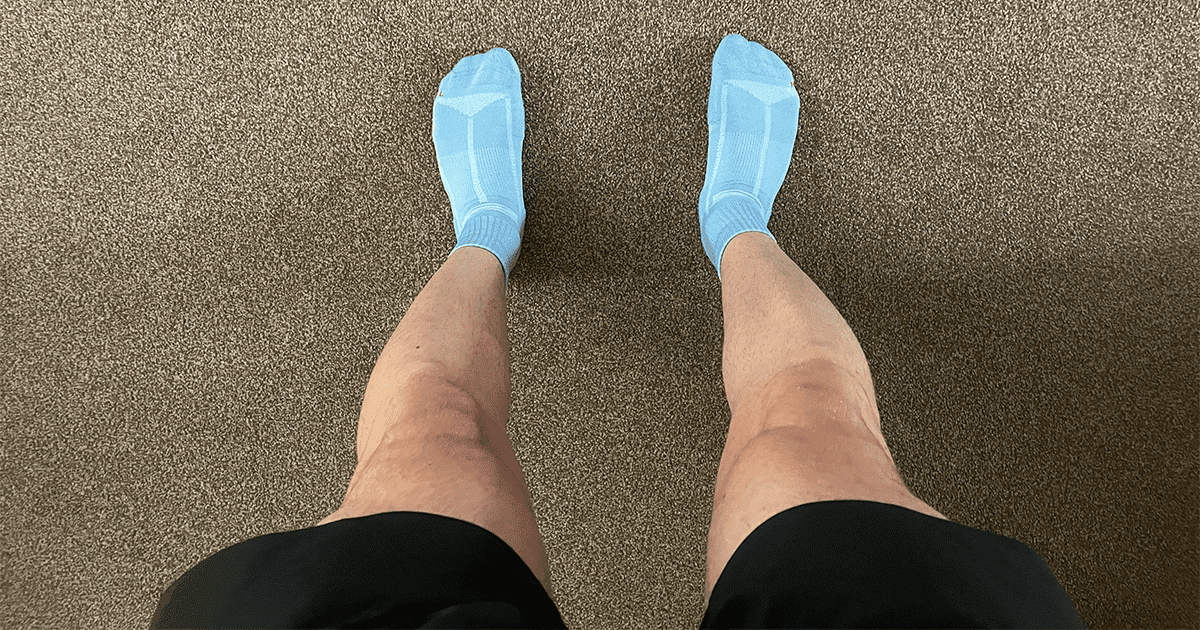A 10-step approach to recovering from injury
We provide a ten-step actionable approach to recovering from injury in the best way possible.

Think back to a time when you had an injury. How did it make you feel? And how did you recover from it?
As well as hurting you physically, an injury can also impact your psychological and social well-being.
But how you react to injury is the important thing.
In fact, if you do the right things, you can come back fitter and stronger than before you got injured.
Plus, you can learn a lot about yourself to improve your performances in future.
This post is from James Williams. James has been an endurance athlete for more than 10 years. And in that time, he has won various 5 and 10km races, half-marathons, marathons, 100km and 100-mile races.
He’s also a coach to runners, ultra-runners and triathletes. And he provides free training and racing advice on his website, www.JamesRunsFar.com.
James has recently returned from his longest-ever injury, and he gives you his 10-step approach to recovery.
How Can You Recover from Injury Effectively?
Chances are, you’re one of the 65 – 80% of runners who suffers from at least one injury every year.
I’ve recently come back from my most serious injury ever, which lasted more than 9 weeks.
In that time, I was forced to withdraw from a major race that I had planned for months. And I could barely walk, let alone run, for most of the time.
However, I’ve tried to stay positive and have approached injury as an opportunity to focus on other things. I’ve also tried to use it to improve other areas of my fitness.
I’ve viewed the recovery period in two phases, which each require a different set of responses from an athlete.
- Immediately After Injury
- When Returning from Injury
Phase 1 – What can you do immediately after injury?

- Get Advice
The first thing that I tell people to do is to get a second opinion on your injury.
As an athlete, you can be very tied up in the emotional nature of an injury. And you will always want to get back into training as soon as possible.
It’s very difficult for you to understand that skipping a training session, or a few week’s of training, actually won’t make much of a difference to your overall fitness.
Whereas pushing through an injury could make it much worse in the long run.
This is where a coach can be extremely helpful because they can provide you with objective advice that is focused on the long-term, rather than the short term.
Medical professionals can also help. I’ve used physios, osteopaths and doctors in the past, all depending on the injury.
And although they can seem expensive, the cost is minimal compared to what you might waste in race entries from being injured.
As well as this, a lot of companies now offer healthcare as a benefit. I received free physiotherapy through work, which was perfect for my recovery.
So, it’s definitely worth doing a small amount of research to see if that’s an option for you.
- Rest
The biggest thing you need to do is rest.
There are occasional circumstances, where you can push through a mild injury. But it’s very difficult to judge those.
As part of my comeback from injury, I was given advice by a physio who specialises in helping endurance athletes. He said that you should never be pushing through in training if the pain is over 4 out of 10.
- Reflect on Why You Got Injured
Use this as a great opportunity to focus on why you got injured in the first place.
- Was it because you pushed too hard?
- Did you increase training volume too quickly?
- Did you introduce a new workout?
By looking back at why you got injured you can improve your future training. Make sure you do this reflection exercise quickly after you get injured so that it’s fresh in your mind.
In hindsight, my injury was completely my own fault.
I was doing a very long session, aiming for 45km and my foot started hurting at about 40km.
But my training plan said that I had to complete 45km. And that I had to finish the last 5km faster than the rest of the session.
So, I pushed through, despite having an extremely painful foot. That was ultimately a very poor decision and has led to me being out for almost 10 weeks.
Needless to say, I won’t be making that mistake again!
- Use Your Down-Time Wisely
Training and racing can take up a huge amount of time, often taking over family commitments.
Therefore, use this time to reconnect with those closest to you. Plan specific things to do with your friends and family that you might not usually do due to training.
Or, you can use it to focus on some other projects.
I spent some of my early mornings when I would usually be running by producing more articles for my website. Or can you put a bit more focus in at work?
- Introduce Cross-Training

Being injured is a great time to focus on some of the other aspects of training that get neglected by most people.
- Can you introduce some yoga, stretching or rolling, that you otherwise wouldn’t do?
- Can you do some lightweight training? Or intense training, if your injury allows?
- And can you do another form of exercise, like cycling or swimming, if recovering from a running injury?
It’s surprising how much you can keep your fitness levels up, just by doing something different.
Your body won’t be used to that type of training. And so the adaptations that you see will be much greater than usual.
During my injury, I spent a lot of time on a watt bike which kept my fitness up.
As well as this, I also introduced a new 20-minute yoga workout and found a 20-minute hip and glute workout, which are now going to be part of my regular morning routines.
These will make me a better runner in the long term!
Phase 2 – How Should You Return From Injury?
So, you’re recovering from your injury and now you think you’re ready to get back training again.
But what’s the correct way to do so?
- Get a Second Opinion
Again, it’s crucial to get someone else’s opinion. Use a coach to do this, or alternatively ask a running friend what they think.
You can always ask a friend or family member, even if they don’t exercise themselves.
Just telling someone out loud your plans for a return can sometimes make you realise whether it’s the right thing to do.
During my comeback, my wife would often hear me talking about whether I should go out for a run or not. And by the time the words had come out of my mouth, I already knew what the right answer was!
- Start Slowly

Once you’ve decided that you’re ready to make a comeback, you need to ensure that you take it slow.
You shouldn’t jump back into the same mileage and intensity you were doing before your injury.
Instead, you should ease back into it over a period of a few weeks, or months, depending on the severity of the injury.
You will regain your fitness quickly, by taking a sensible, slow approach to increasing mileage again.
Many people worry that they will have lost all the fitness they previously had and will have to start again completely. But that’s not true.
Your body remembers the huge amount of training you did before your injury. And you will be able to get back to full training again.
- Have a Specific Plan
You should also have a plan for your comeback. Create some mini-goals that you can try to achieve and be really specific with them.
However, don’t just play it by ear, because you will likely end up doing too much too soon.
If you need help, we suggest reading The Ultimate Guide to Creating Your Own Training Plan.
- Celebrate Your Successes

It’s also important to acknowledge and celebrate the small achievements you make on your comeback from injury.
This could mean acknowledging it yourself or even sharing it with others.
In fact, why not share it on social media? Let the world know you’re coming back stronger!
- Don’t Make the Same Mistakes!
One of the main reasons for taking the time in phase 1 to reflect on why you got injured, is so that you learn and don’t’ end up making the same mistakes again
“Insanity is doing the same thing over and over and expecting a different result” – Albert Einstein
That quote above is an old one. But it’s very relevant for runners.
We often get caught up in just running for the sake of running and not thinking about what we’re actually doing.
But it’s really important to learn from your mistakes so that they don’t happen again.
The Bottom Line
Injuries are one of the worst parts of endurance sports.
But if you go through the right process, you can actually use them in a positive way:
Immediately After Injury
- Get advice
- Rest
- Reflect on why you got injured
- Use your down-time wisely
- Cross-train
When Returning From Injury
- Get a second opinion
- Start Slowly
- Have a specific plan
- Celebrate your successes
- Don’t make the same mistakes!
Would you like help on how to deal with an injury or would you like some specific training advice?
Hiring a coach can help you decide when the right time to come back from injury is. And how to do approach your comeback.
And a coach can save you a lot of time and worry by creating a plan that is right for you. James has been competing for over 10 years and has coached many athletes, just like you.
Take a look at the coaching plans James offers on his website. And get in contact with him to find out more.
Get FREE Training Advice
Get even more tips and advice by following James on Facebook, Twitter and Instagram.
James is still a competitive athlete, with recent wins at 100 mile, 100km, marathons and other events. You can follow his training and racing on his

Matthew is a lifelong runner, chief tester of all products, the founder of Running101, and freelance content writer for active brands. When he’s not writing, he enjoys lifting weights, cycling in the Lake District, and watching fast cars drive in circles on a Sunday. He also has a BA in sport, exercise and physical activity from the University of Durham.




